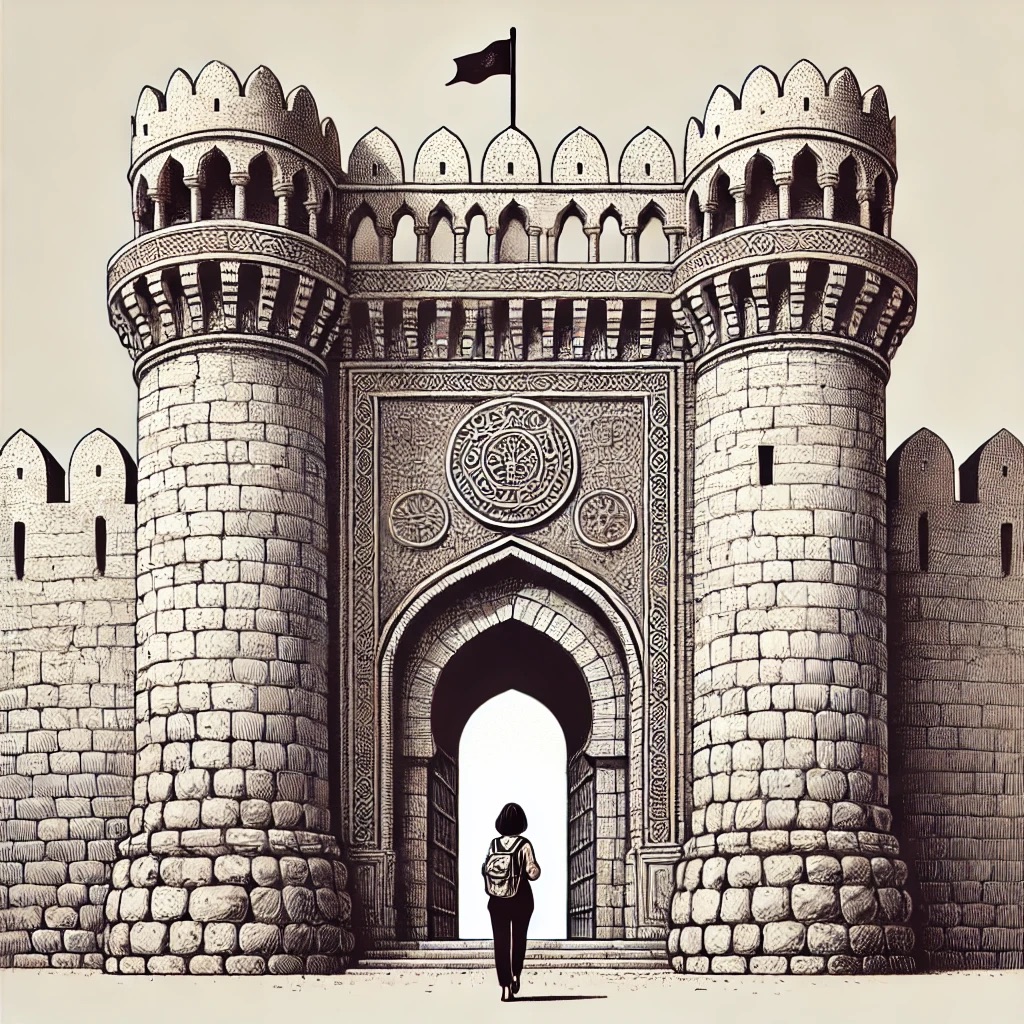Aqaba is a coastal city in southern Jordan, located at the northeastern tip of the Red Sea. It’s the only seaport of Jordan, making it a crucial gateway for the country’s imports and exports. Aqaba is known for its rich history, stunning marine life, and beautiful beaches, making it a popular destination for both tourists and locals.
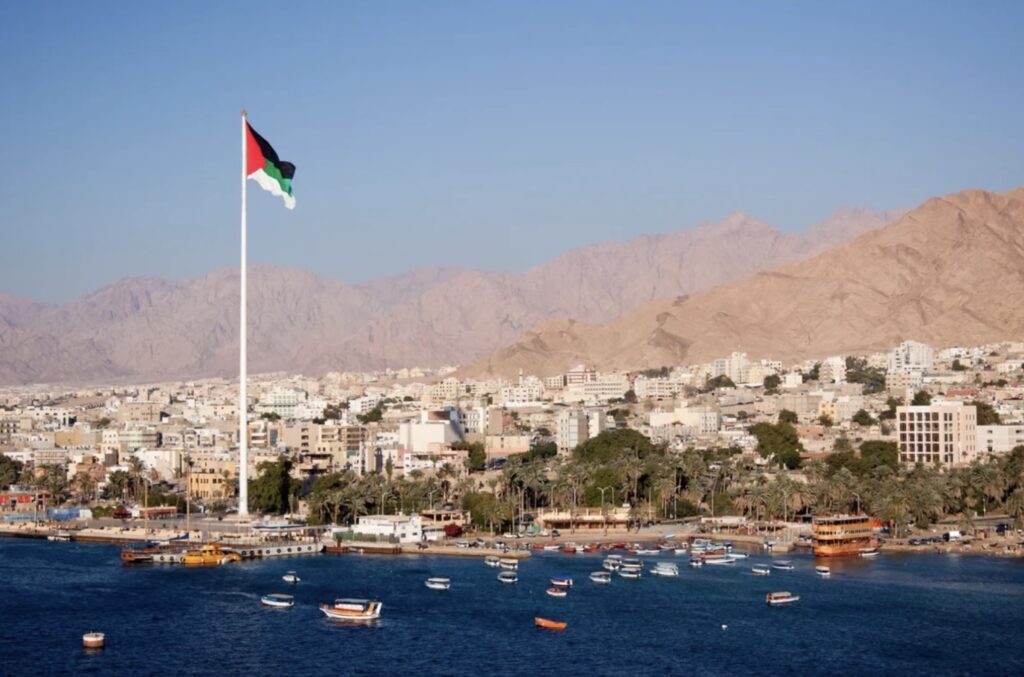
Aqaba has a rich and varied history that reflects its strategic importance as a key maritime and trading hub. Here’s a detailed look at its origin, history, and development:
Origin and Ancient History
- Prehistoric and Early Settlements:
- The area around Aqaba has been inhabited since prehistoric times. Archaeological evidence shows that it was part of the early human migration routes from Africa to Eurasia.
- By the 4th millennium BCE, the region was already recognized as a crucial trading point due to its proximity to important trade routes, particularly those involving copper from nearby regions like Wadi Faynan.
- Biblical and Ancient Periods:
- Aqaba is believed to be the site of the ancient biblical city of Elath (or Eloth), mentioned in the Hebrew Bible. Elath was an important port for King Solomon’s trade expeditions.
- During the Iron Age, the area was influenced by several civilizations, including the Edomites, who controlled the region before it was incorporated into the Nabataean Kingdom.
- Nabataean and Roman Periods:
- The Nabataeans, an ancient Arab people, established the city of Ayla in Aqaba around the 4th century BCE. It served as a critical port for the Nabataean Kingdom, linking their capital Petra with the Red Sea and facilitating trade with Arabia, Africa, and India.
- After the Roman annexation of Nabataea in 106 CE, Ayla continued to thrive under Roman control. The Romans developed it further as a fortified city, integrating it into their broader network of trade routes across the empire.
Islamic Period
- Early Islamic Period:
- Following the Islamic conquests in the 7th century CE, Ayla became one of the first cities to come under Muslim rule. It played a significant role in the early Islamic expansion, serving as a key port and connecting point for the Hajj pilgrimage routes to Mecca.
- The city was later rebuilt by the Umayyads and continued to prosper under the Abbasids. During this period, it became a crucial hub for trade between the Islamic world and Africa, India, and the Far East.
- Crusader and Ayyubid Periods:
- In the 12th century, the Crusaders briefly occupied Ayla and built a castle to secure the trade routes. However, it was recaptured by the Muslim forces under Salah al-Din (Saladin) during the Ayyubid period, who continued to fortify and develop the city.
- Mamluk and Ottoman Periods:
- Under the Mamluks in the 14th century, Aqaba’s fortifications were further strengthened, and it became an important outpost for their empire. The city continued to be an essential stop for Muslim pilgrims on their way to Mecca.
- During the Ottoman Empire (1517–1917), Aqaba remained a modestly important port. However, its prominence declined as other ports in the region developed, and the city became more of a small garrison town.
Modern Development
- Early 20th Century:
- Aqaba’s modern history began to take shape during World War I when it was captured from the Ottomans by the Arab forces under the leadership of Sharif Hussein and T.E. Lawrence (Lawrence of Arabia) in 1917, as part of the Arab Revolt. This victory was crucial in the broader campaign to undermine Ottoman control over the Arab regions.
- Following the war, Aqaba became part of the Emirate of Transjordan, which later evolved into the modern Kingdom of Jordan.
- Mid-20th Century to Present:
- In the 1950s and 1960s, Aqaba started to grow as a modern city. The Jordanian government recognized its strategic importance and began investing in infrastructure, including port facilities and transportation networks.
- The construction of the Aqaba Port in 1952 marked a turning point, transforming the city into Jordan’s main seaport. This development attracted businesses and boosted the city’s economy, particularly in trade and shipping.
- In recent decades, Aqaba has seen significant development as a tourist destination. The creation of the Aqaba Special Economic Zone (ASEZ) in 2001 aimed to attract investment and promote the city as a regional business hub. This led to the growth of luxury resorts, shopping centers, and new infrastructure, further enhancing its appeal.
Aqaba Today
Today, Aqaba is a dynamic city that blends its rich history with modern development. It is not only a vital economic and trade hub for Jordan but also a popular destination for tourists seeking historical sites, water sports, and luxury experiences. The city’s development continues, with ongoing investments aimed at making Aqaba a key player in the regional economy and a gateway to the Middle East.
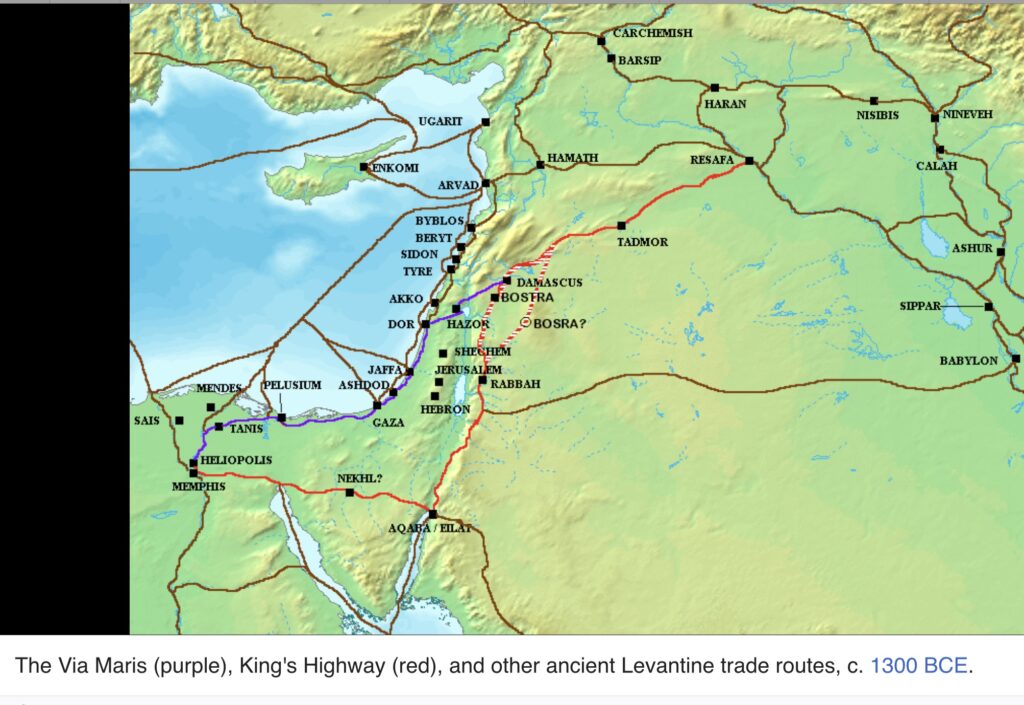
Aqaba offers a variety of historical monuments and tourist attractions that showcase its rich history and natural beauty. Here’s a list of some of the key sites:
Historical Monuments
- Aqaba Fort (Mamluk Castle):
- A 14th-century fort built by the Mamluks, originally constructed by the Crusaders. It played a significant role in protecting the city and is a symbol of Aqaba’s historical military importance.
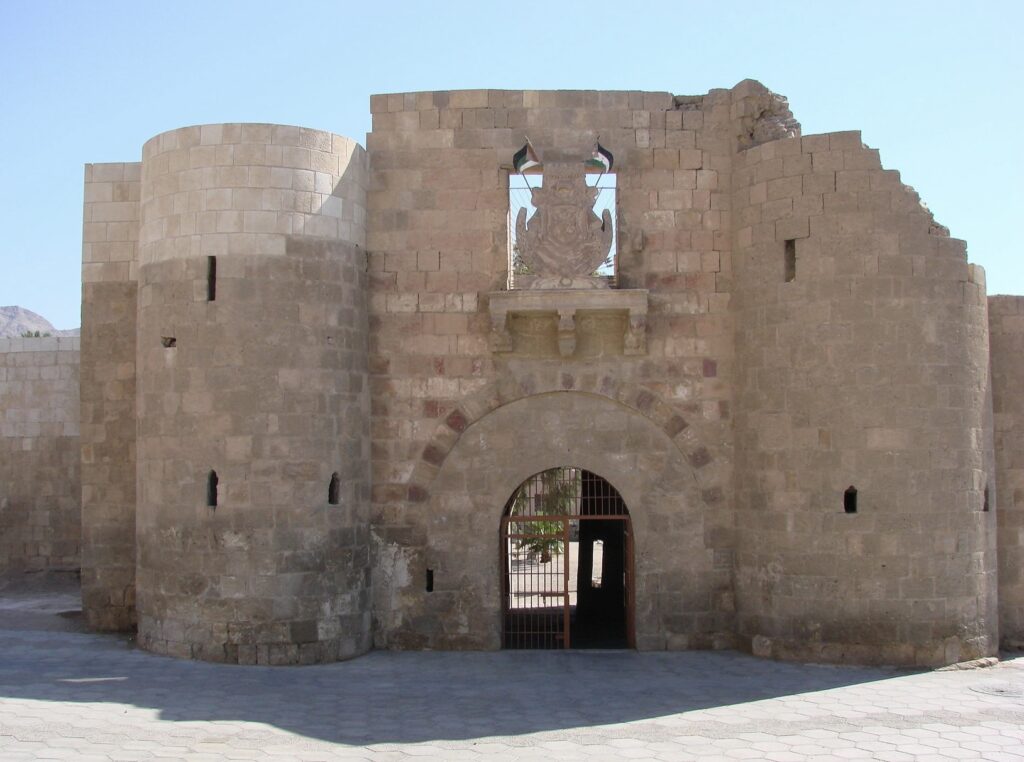
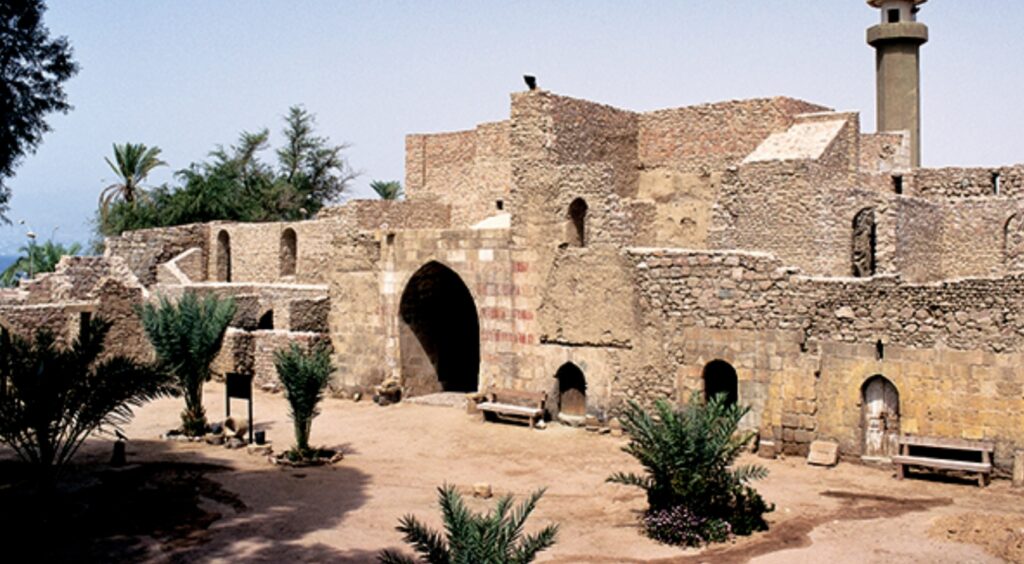
- Ayla Ruins:
- The remains of the early Islamic city of Ayla, dating back to the 7th century. Visitors can see remnants of city walls, gates, and other ancient structures that reflect Aqaba’s significance in early Islamic history.
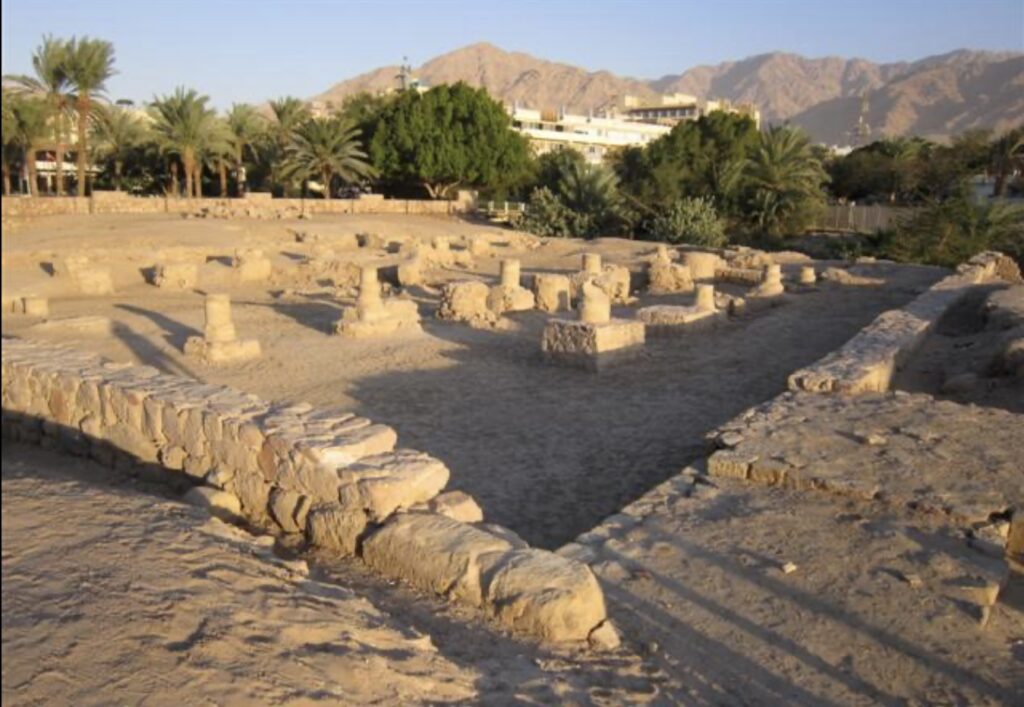
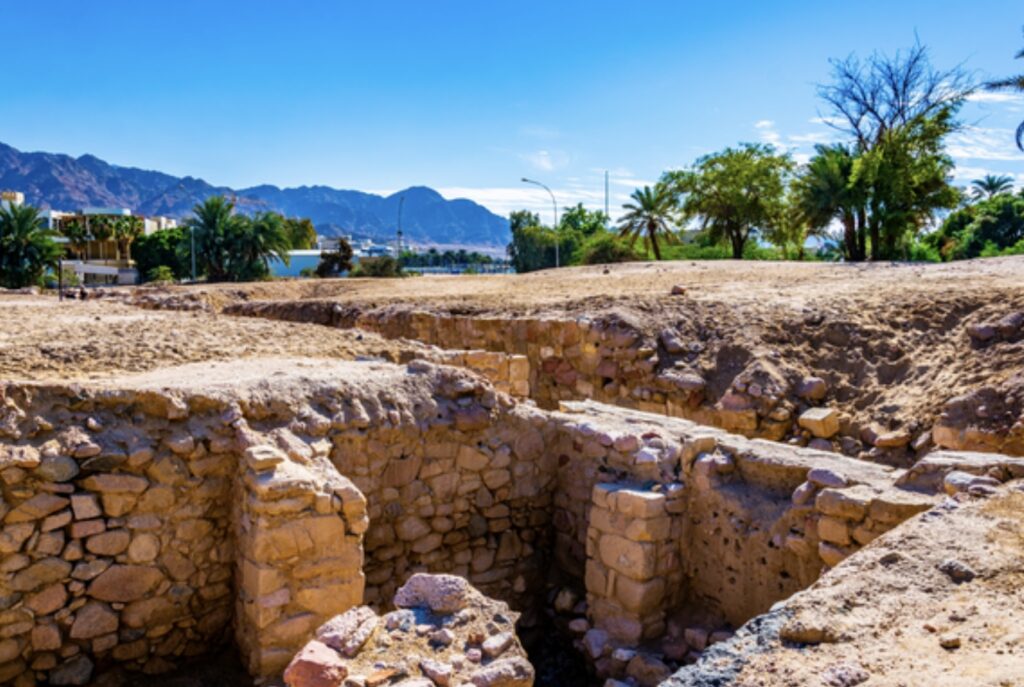
- Aqaba Archaeological Museum:
- A small museum next to Aqaba Fort, showcasing artifacts from the Nabataean, Roman, Byzantine, and Islamic periods, offering insights into Aqaba’s rich historical past.
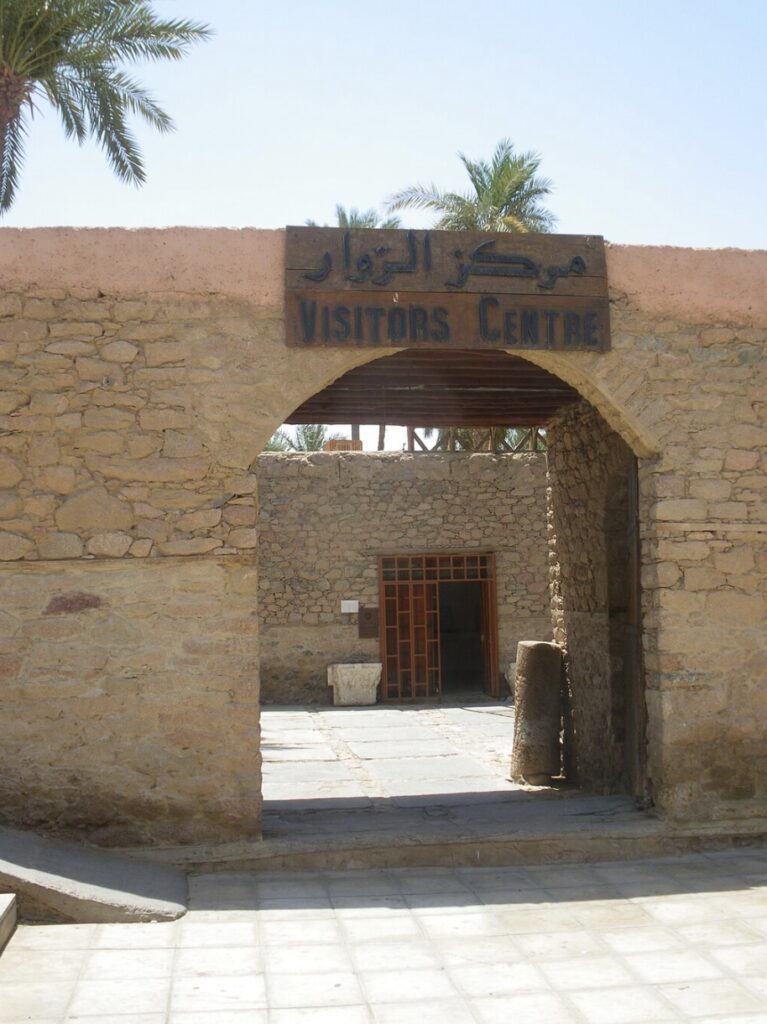
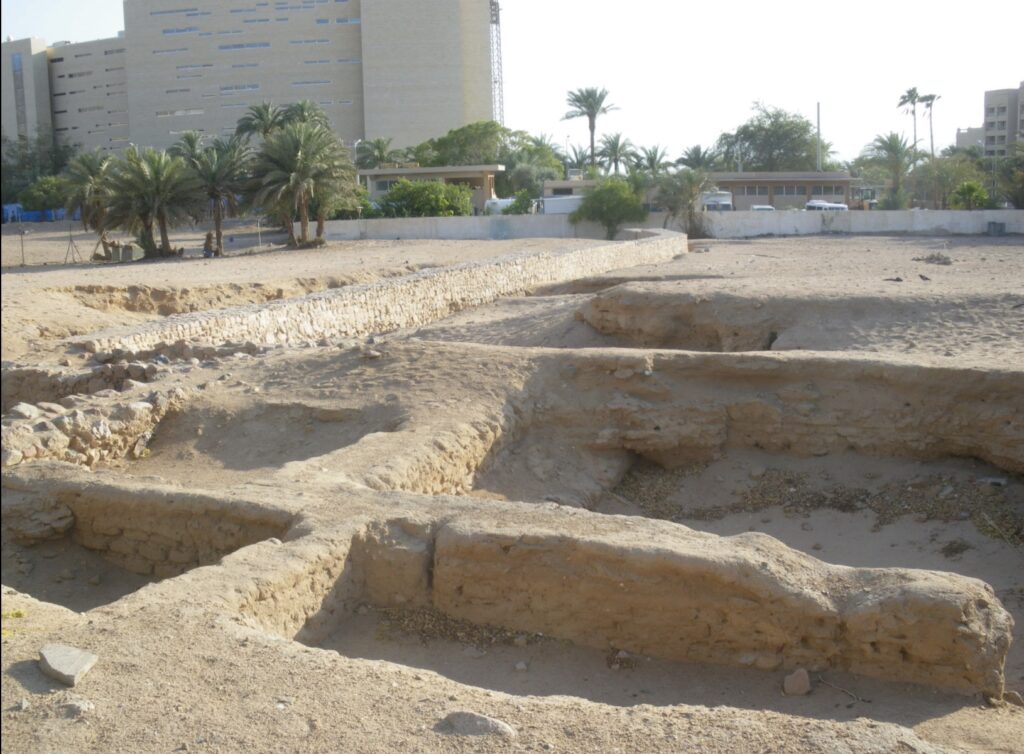
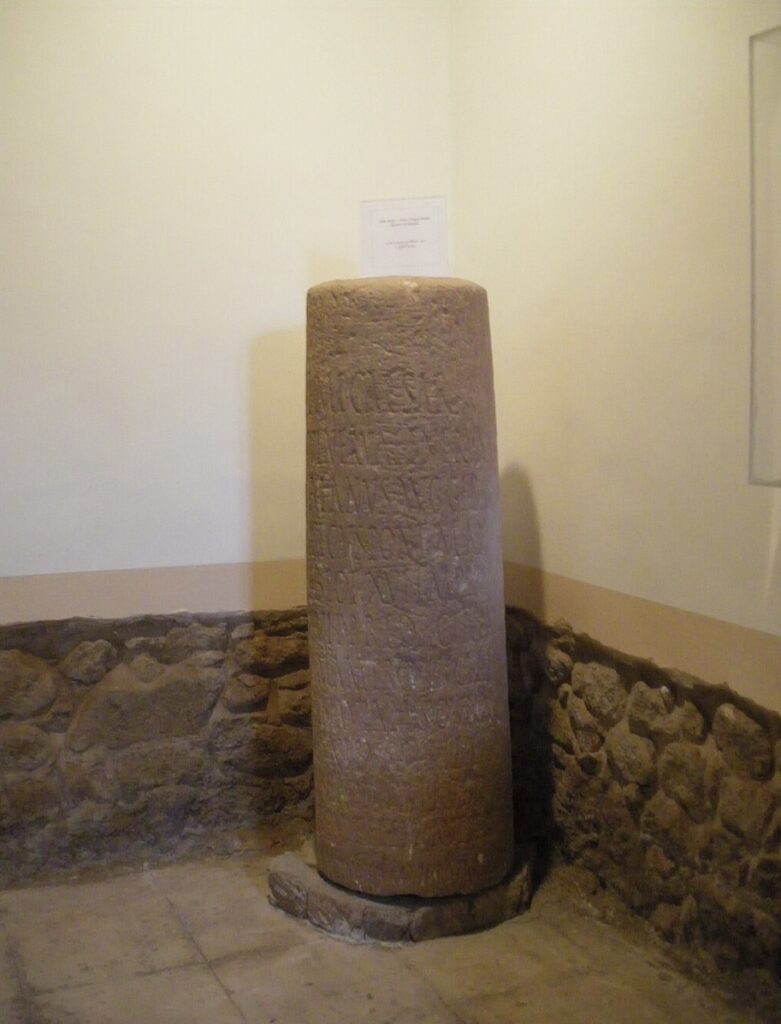
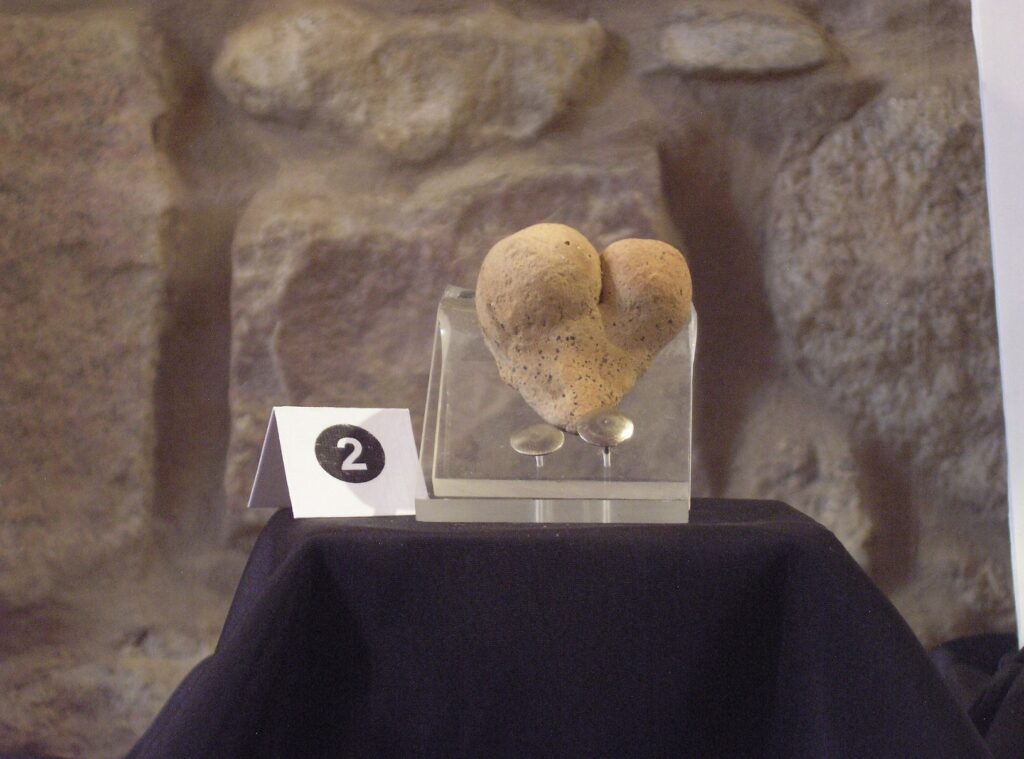
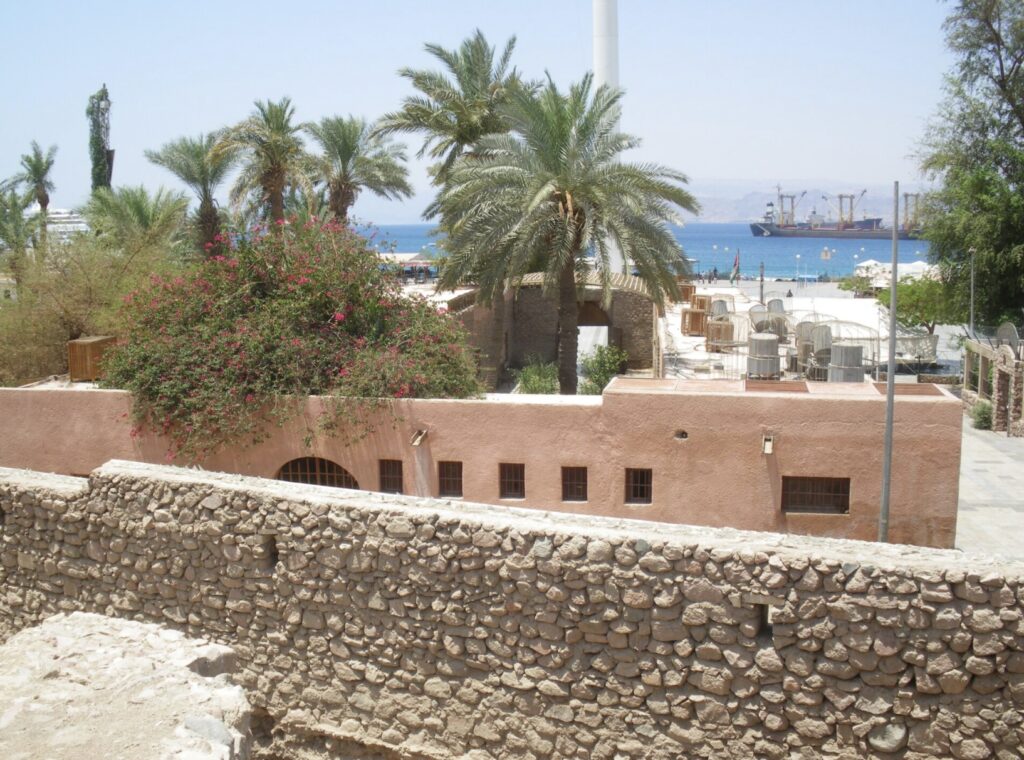
- Sharif Hussein bin Ali Mosque:
- A prominent mosque built in honor of Sharif Hussein bin Ali, a key figure in the Arab Revolt. The mosque is known for its stunning white facade and peaceful atmosphere.
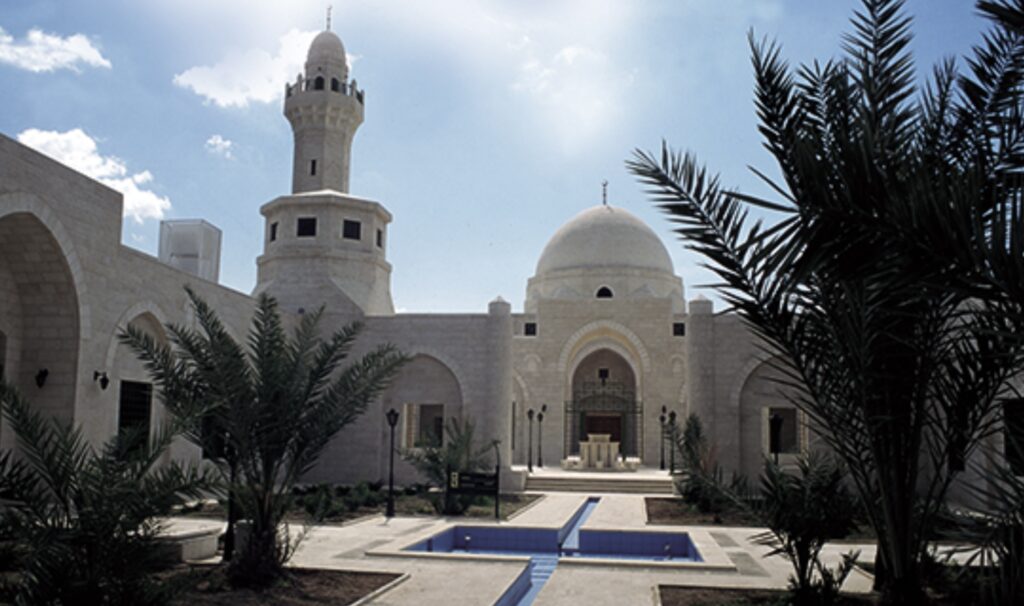
Tourist Attractions
- Aqaba Marine Park:
- A protected area designed to preserve Aqaba’s coral reefs and marine life. It’s a top destination for snorkeling and diving, with sites like the Japanese Garden and the Cedar Pride shipwreck.
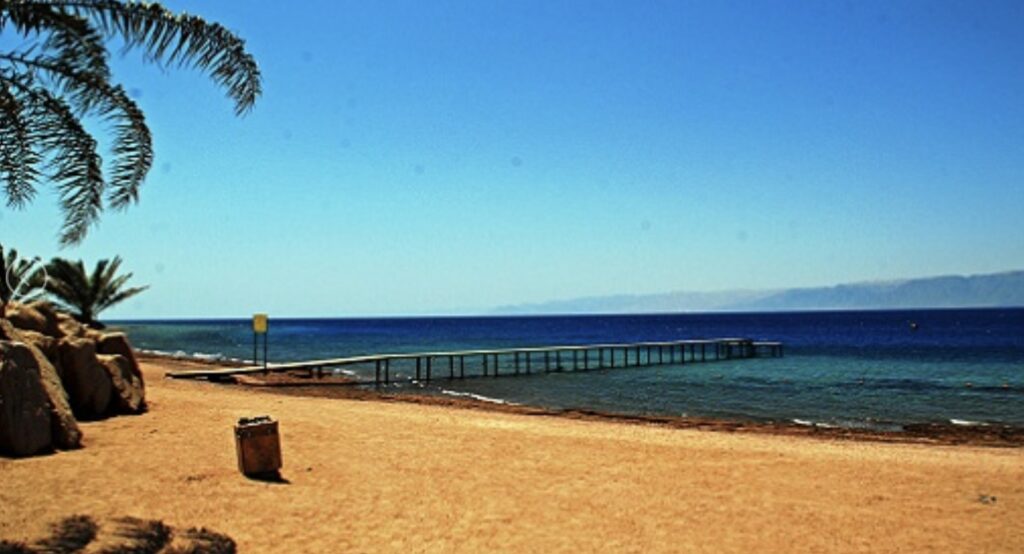
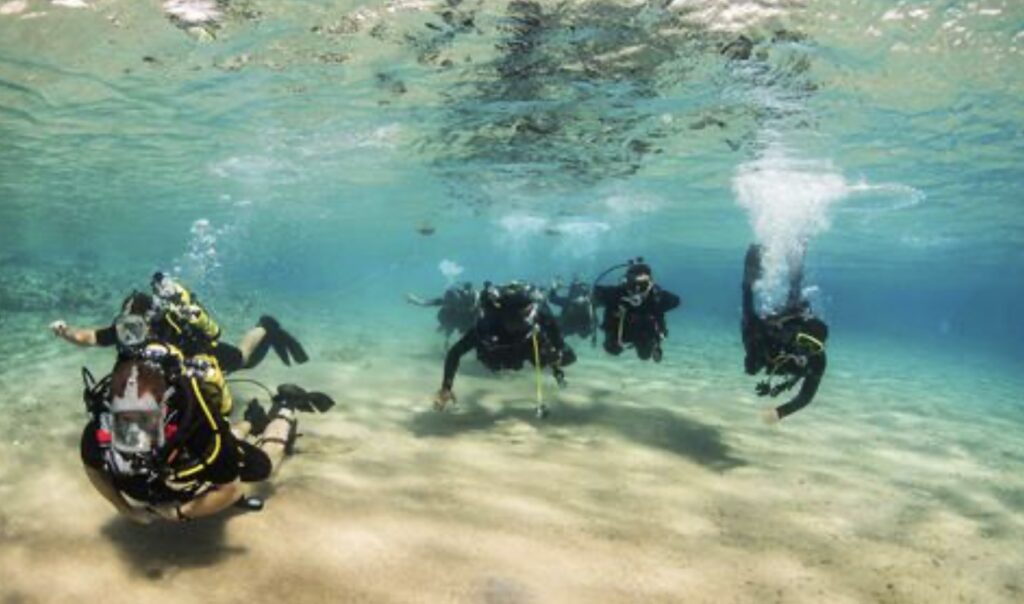

- Aqaba Beaches:
- The city has several beautiful beaches, including public ones like Al-Ghandour Beach and private beaches associated with luxury resorts, ideal for swimming, sunbathing, and water sports.
- Aqaba Bird Observatory:
- A haven for birdwatchers, especially during migration seasons. The observatory offers the chance to see a variety of bird species in a scenic natural setting.
- Ayla Oasis:
- A modern development featuring a mix of residential, commercial, and recreational areas, including an 18-hole golf course, marina, luxury hotels, and shopping centers.
- Wadi Rum:
- Located near Aqaba, Wadi Rum is famous for its dramatic desert landscapes and rock formations. It’s a popular day trip for visitors staying in Aqaba.
- Glass-Bottom Boat Tours:
- These tours allow visitors to explore the vibrant underwater life of the Red Sea without getting wet, making them a popular option for families and those who prefer to stay dry.
- Aqaba Aquarium:
- Part of the Marine Science Station, the aquarium displays the diverse marine life of the Red Sea and serves as an educational resource for visitors interested in marine biology.
- Aqaba Corniche:
- A scenic waterfront promenade perfect for leisurely strolls, with views of the Red Sea, local markets, and restaurants offering fresh seafood and Jordanian cuisine.
These sites collectively highlight Aqaba’s blend of historical significance and modern-day attractions, making it a unique destination in Jordan.
One-Day Itinerary for Aqaba
Morning:
- Aqaba Fort (Mamluk Castle) and Aqaba Archaeological Museum:
- Start your day with a visit to the Aqaba Fort, where you can explore the city’s rich history. Next, head to the Aqaba Archaeological Museum nearby to see artifacts from the Nabataean, Roman, Byzantine, and Islamic periods.
- Breakfast at Hashem Sons Restaurant:
- Enjoy a traditional Jordanian breakfast at Hashem Sons, famous for its fresh falafel, hummus, and ful medames (a fava bean dish). Pair it with some warm, freshly baked pita bread.
Midday:
- Ayla Ruins:
- Take a short trip to the Ayla Ruins, the remains of an early Islamic city that played a significant role in regional trade. The site is compact, so it won’t take long to explore.
- Lunch at Al-Shami Restaurant:
- For lunch, visit Al-Shami Restaurant, where you can try Mansaf, Jordan’s national dish made with lamb, rice, and jameed (a fermented dried yogurt). You could also sample Maqluba, a savory dish of rice, meat, and vegetables turned upside down when served.
Afternoon:
- Aqaba Marine Park:
- Spend the afternoon at Aqaba Marine Park. If you’re into snorkeling or diving, explore the vibrant coral reefs and marine life. Otherwise, you can take a glass-bottom boat tour to view the underwater scenery without getting wet.
Evening:
- Dinner at Ali Baba Restaurant:
- After your marine adventure, enjoy dinner at Ali Baba Restaurant, known for its fresh seafood. Try local specialties like grilled fish, shrimp, and calamari, all caught from the Red Sea.
- Stroll Along Aqaba Corniche:
- End your day with a leisurely stroll along the Aqaba Corniche. Enjoy the evening sea breeze, take in the view of the Red Sea, and perhaps stop at a local café for a cup of Arabic coffee or tea.
This itinerary offers a well-rounded experience of Aqaba, combining its historical landmarks, marine attractions, and local culinary delights, all within a single day.
